Over the past few decades, technology has changed many professions, including landscape architecture. It has altered landscape design processes, business, education, construction and many other aspects of the profession and its allied disciplines.
AI & Machine Learning
The most recent technology that has started to be used in artificial intelligence includes chatbots such as ChatGPT and image representation (generation) through midjourney, stable diffusion and others. These applications will impact the profession as people start to explore the possibilities of machine-generated text and images. There are many considerations (ethical, moral, social) for the profession in applying this technology; however, it seems that it will continue to be explored and utilised as we are in the early stages of the technology.
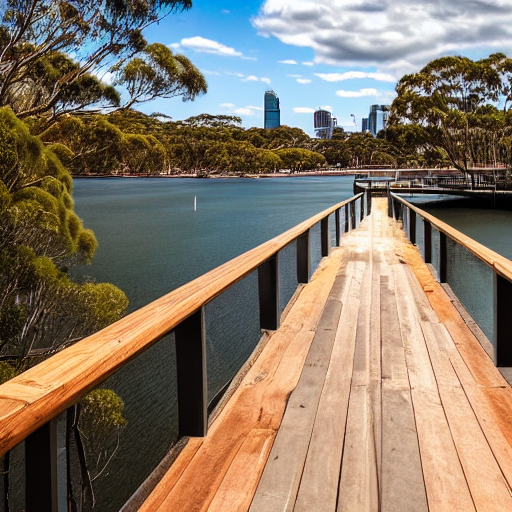
Data and Mapping
The use of data in partnership with mapping has increased as open access to data has increased over the past few years. The ability to purchase data (with personal data controls) has also become more prevalent in many countries. The ability to map data, including environmental, social, and economic conditions, allows landscape architects to understand places beyond the site visit and spatial. It has added the ability to gain an understanding of a place over time, seasons, and events. Visual representation of data through maps and graphs allows landscape architects to give our audiences a better fine-grained understanding of places.
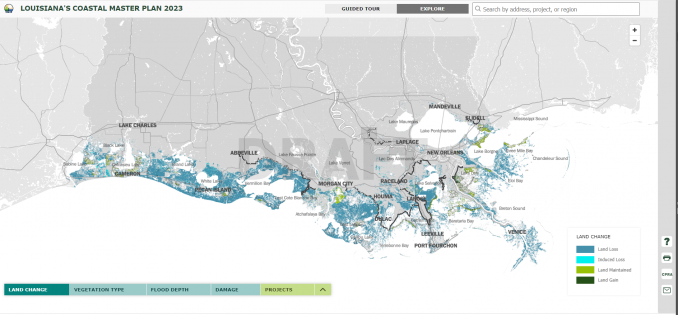
BIM
The most contentious technology in recent years as many landscape architects feel we are not using a tool fit for landscape design. We are manipulating software (floors, walls) to create landscapes. However, there are tools (plugins, apps) that provide the ability for landscape architects to be able to design terrain and curved elements with ease. BIM is the next step in design and documentation, of course, many landscape architects will stay with 2d or 3d CAD, but many will be required to shift as architects have fully embraced BIM. Other professions do not wish to use BIM, including civil engineers; however, this may create an opportunity to join together and pressure CAD software companies to improve their software.
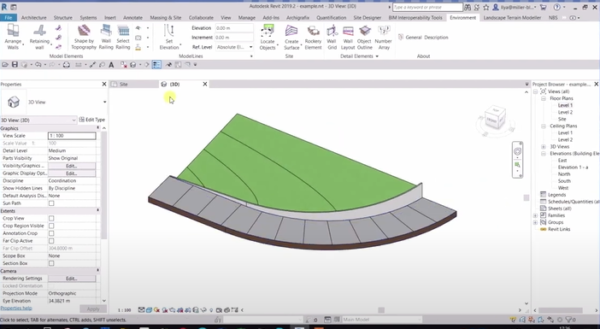
3D printing
The technology saw a significant increase in application in landscape architecture studios in the past 5-8 years ago. It is mainly used for small-scale model making as the cost of large-format machines is beyond the budgets of most landscape firms. The materials in 3D printing have changed from plastics to metals. Many firms are instead outsourcing large prototype 3D printing to local shops or labs due to cost and also scale.
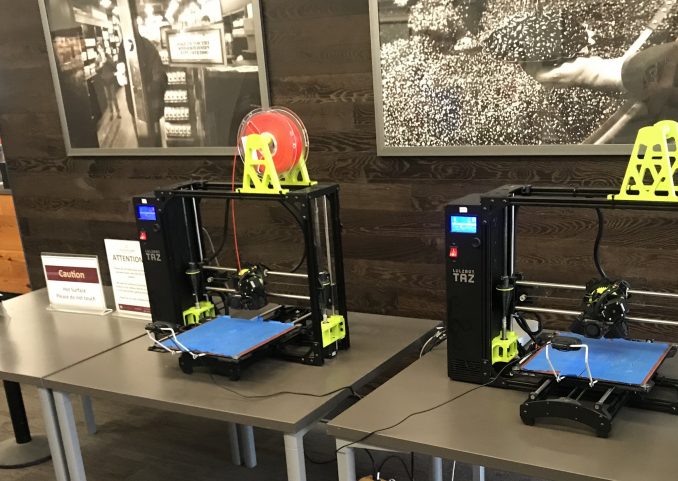
3D Scanning/LiDAR
3D scanning is undertaken in many ways, either by drone, handheld scanner or mobile phones. The ability to create a 3D model of the existing condition is a tool that allows designers to understand the site in more detail. Also, it provides a record of the existing conditions that can be used to create designs with accuracy not seen before. However, the limitation of the 3D model is the resolution and method of capturing the place.
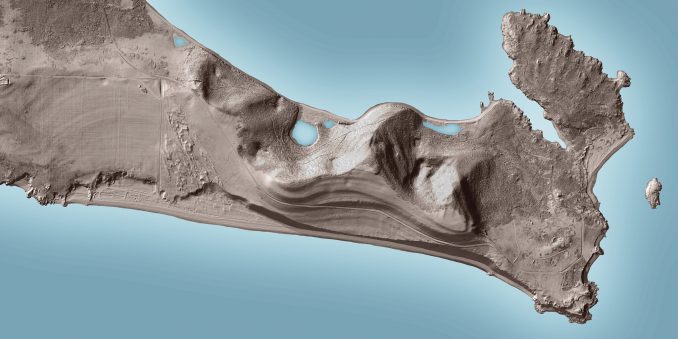
Business Systems
Many business systems have improved landscape architecture businesses, including company management software (people, finances, CRM), internal and external project management software, safety management and many others. These various software have made running a business easier; however, utilising the software’s capability often takes time.
Collaboration
The ability of multi-discipline teams to collaborate is easier than ever with video conferencing software(desktop/mobile), virtual whiteboards, 3d (federated) modelling, AR/VR software and project management platforms has increased. The increase was especially apparent during COVID requiring everyone to work online. Collaboration tools have freed people from being at a desk for the entire day. As laptops and tablets have increased in power, there is the ability to work anywhere with anyone.
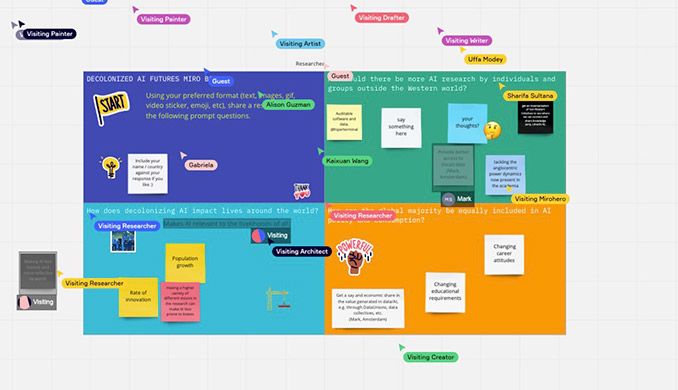
Manufactured Materials
Over the past decade, we have seen large-format 3D printing and composite materials start to be used in landscape architecture. Some of these examples have been successful, and some have failed (splitting layers in 3D printed benches); however, the technology and materials are evolving to a point in which we can use recycled plastics in many of our products we use including decking, edging, tree staking and various other products used in landscape architecture.
Construction
Several machines have increased construction efficiency, including extrusion for concrete walls and kerbs, vacuum systems for placing soil and mulch, paver laying machines, and CNC machines for stone cutting. These technologies have improved efficiency and safety by reducing the physical stress on landscape workers.
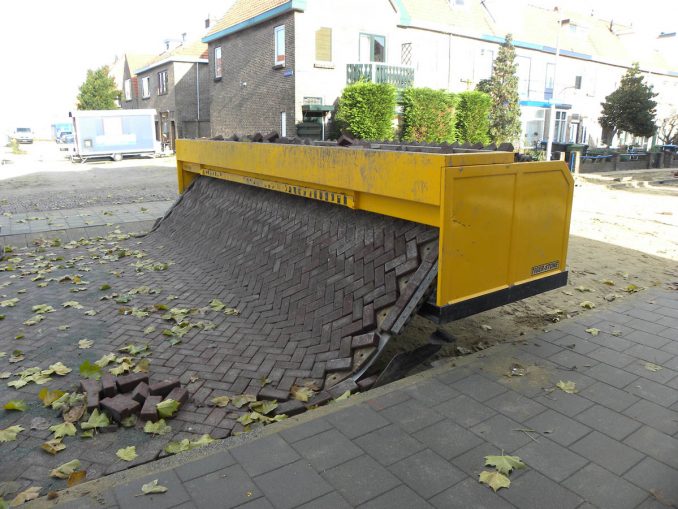
Technology can often be controversial, and many take sides; however, I often think it is futile to take sides as it merely divides the profession when technology is usually going to evolve and change the profession whether we wish to do so or not. There are often many positives in the application of technology, but there are some negatives. However, as professionals, we can continually adapt and stay grounded in the principles of landscape architecture. For example, we may use a tablet to create a perspective, but it made a mix of hand sketches, 3d models and imagery.
Our energy should be spent understanding the technology, its application and how it can be best used to enhance the design process or create efficiencies, instead of deciding on the use of technology for either this or that. As landscape architects, we should look to be able to use this and that in unison. This position may be too broad for some and somewhat flippant; however, arguing about the minor nuances rather than understanding the limitations and application of technology limits the profession when there is the ability to move forward.
Technology in Landscape Architecture was written by Damian Holmes, Editor & Founder – World Landscape Architecture (WLA) – February 13 2023.
